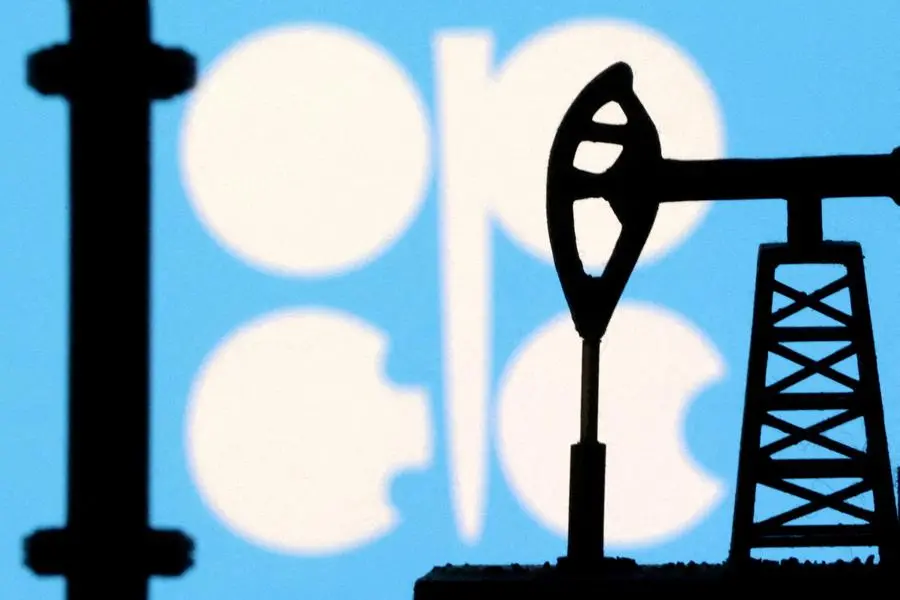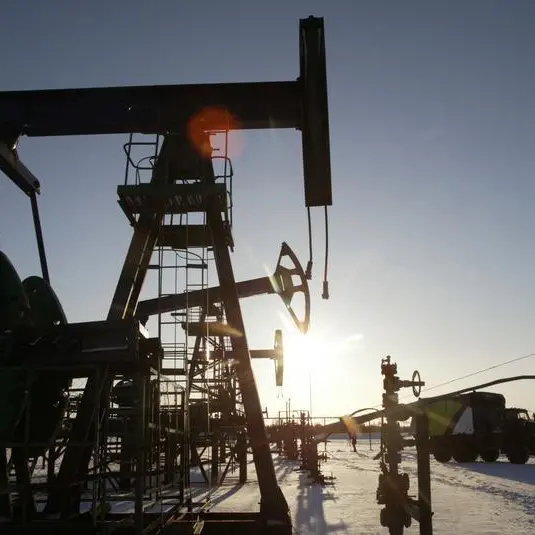PHOTO
Oil may have room to run up to $100 a barrel, especially if Opec+ stays put and rolls over the cuts further into the second half of the year when demand is expected to be very strong, crude market pundits said.
They said that the market is witnessing one of the fastest year-on-year growth rates it has ever seen in the last 20 years of history. Driven by geopolitical tensions, economic trends, and increased financial market participation, the market is experiencing significant volatility. Strong demand, particularly expected in the second half of the year, is underpinning the price surge, while factors such as Opec+ production cuts and limited spare capacity are contributing to the tight supply, analysts observed.
However, Opec+ could change the picture with supply and become tempted to use some of their spare capacity, especially if prices remain strong, they said.
They said prices above $90 a barrel could start eroding demand, although there are no signs of this yet. In addition, there is one geopolitical aspect of the Opec+ cuts that shouldn't be discarded lightly.
"We should never forget that Russia and Saudi Arabia have it in their hands to not only relax the market but to bring US gasoline prices up before the election," Christof Ruhl, senior research scholar at the Centre on Global Energy Policy at Columbia University, said on a podcast.
On Tuesday, oil prices stabilised as prices ticked higher amid fading hopes that negotiations between Israel and Hamas would produce a ceasefire in Gaza.
Brent crude futures edged up 6 cents, or 0.07 per cent, to $90.44 per barrel by 1156 GMT. US West Texas Intermediate (WTI) crude futures were down 2 cents or 0.02 per cent at $86.41.
Adding to concerns of a tight market, Mexico's state oil company Pemex said it would reduce crude exports by 330,000 barrels per day so it can supply more to domestic refineries, cutting the supply available to the company's US, European and Asian buyers by one-third.
Samer Hasn, market analyst and part of the Research Team at XS.com, said early on Tuesday morning oil witnessed a noticeable decline, reaching 2.32 per cent for both Brent and WTI after witnessing the highest levels since last October last Friday, but they reduced those losses to approximately 0.4 per cent.
He said crude prices were supported by the significantly better-than-expected growth of German industrial production, in the fastest pace in a year, in addition to the lowest levels of pessimism among investors in the Eurozone in more than two years, which helped reduce the previous severe losses of oil.
Crude oil markets have been experiencing significant volatility in recent months, driven by a combination of geopolitical tensions, economic trends, and increased financial market participation.
According to analysts, the latest geopolitical developments, such as the ongoing conflict in Ukraine and the potential for further sanctions on Russia, have added uncertainty to the global mix. Additionally, economic factors such as the recovery from the Covid-19 pandemic and strong demand projections for the second half of the year have contributed to the recent surge in oil prices.
“One of the key factors driving oil prices higher is the increased financial market participation in the oil market. Hedge funds and other financial institutions have been increasing their bullish bets on oil, betting that prices will continue to rise. This has led to increased speculation and volatility in the market, as traders react to news and events that could impact oil prices. The influx of financial market participants has also led to increased liquidity in the oil market, making it easier for traders to buy and sell oil contracts,” they said.
Strong demand, particularly expected in the second half of the year, is also underpinning the price surge. “As economies around the world continue to recover from the impact of the Covid-19 pandemic, oil demand is expected to increase. This is particularly true in emerging markets, where economic growth is expected to be strong in the coming years. Additionally, the reopening of economies and the return to normalcy in travel and transportation have also contributed to the increase in oil demand,” energy experts said.
On the supply side, Opec+ production cuts and limited spare capacity have contributed to the tight supply in the oil market. Opec and its allies have been implementing production cuts to support oil prices and reduce the global oil glut. Additionally, limited spare capacity in key oil-producing countries such as Saudi Arabia and Russia has added to the supply constraints in the market. This has led to concerns about potential supply disruptions and further price increases in the future.
Looking ahead, analysts said the outlook for the oil market remains uncertain. “Geopolitical tensions, economic trends, and financial market participation will continue to impact oil prices in the coming months. Factors such as the pace of the global economic recovery, the implementation of Opec+ production cuts, and the potential for further supply disruptions will also play a role in determining the direction of oil prices.”
Copyright © 2022 Khaleej Times. All Rights Reserved. Provided by SyndiGate Media Inc. (Syndigate.info).





















